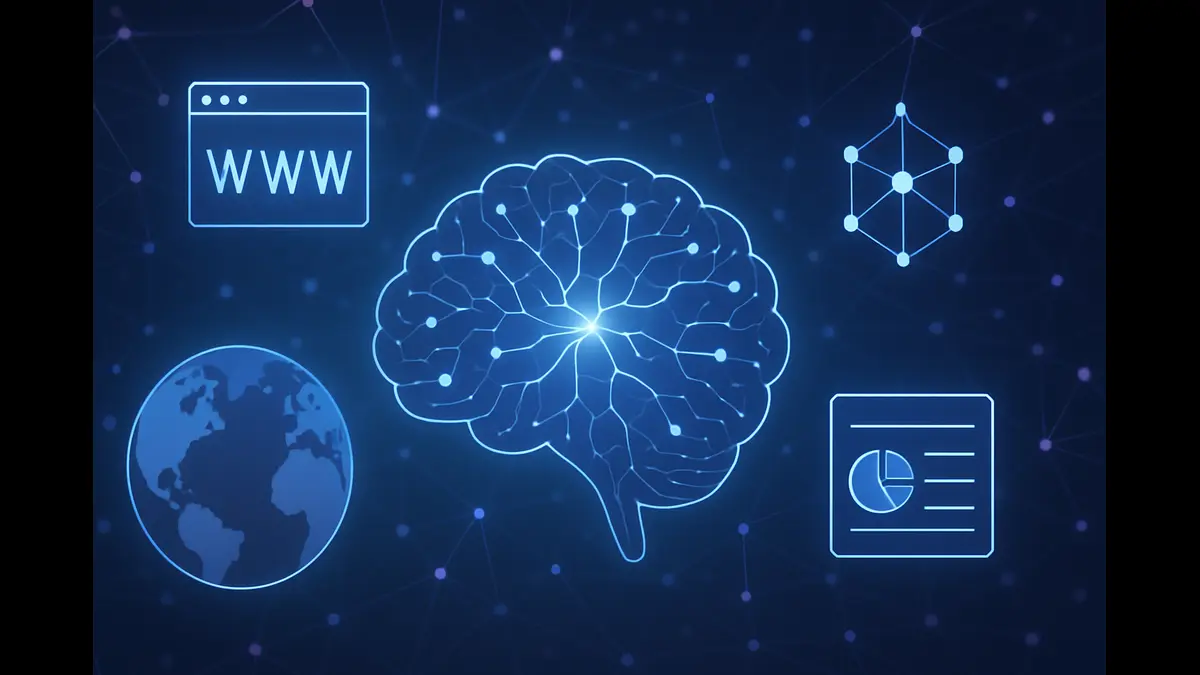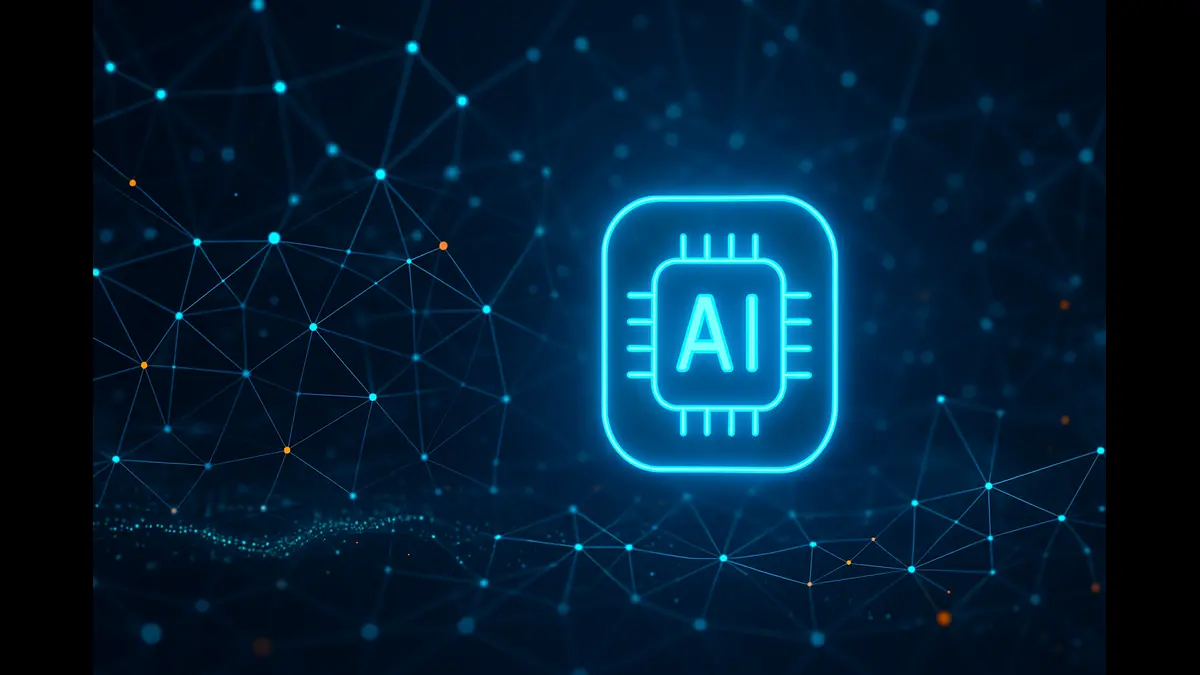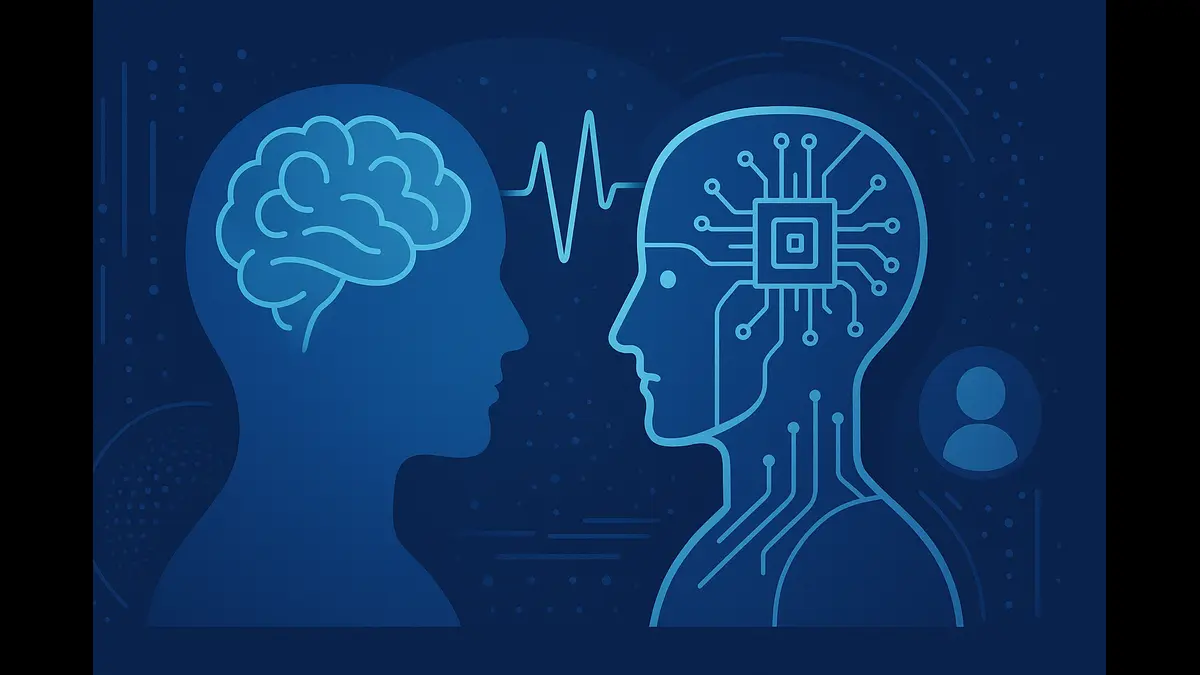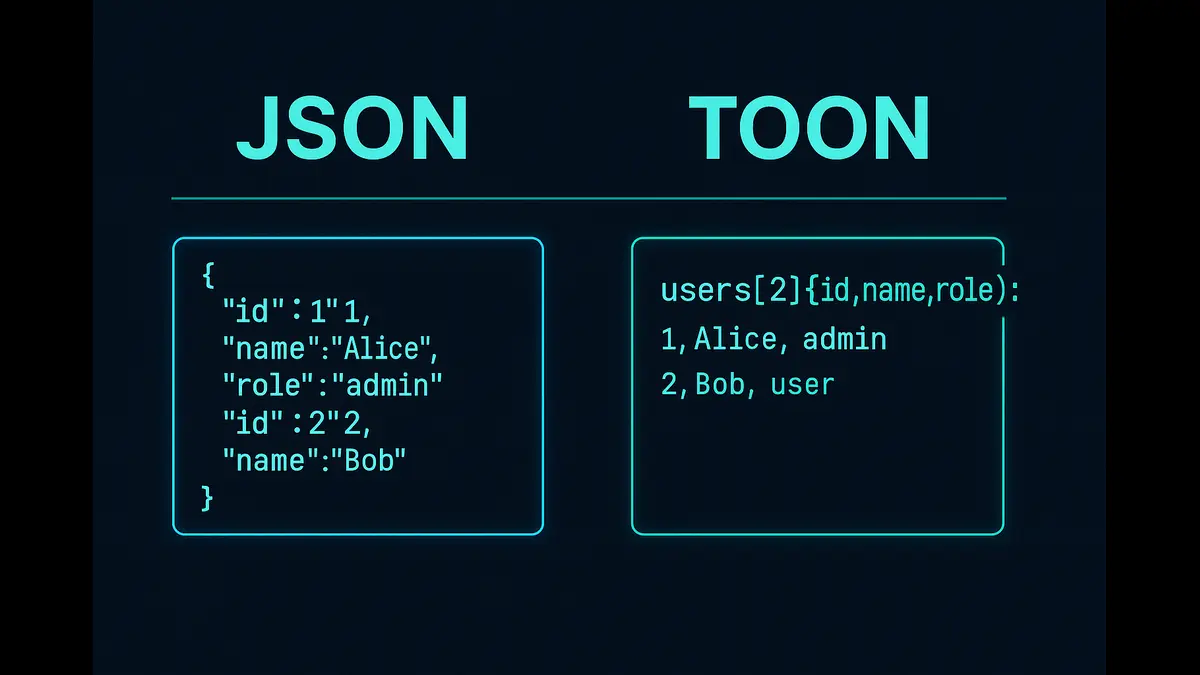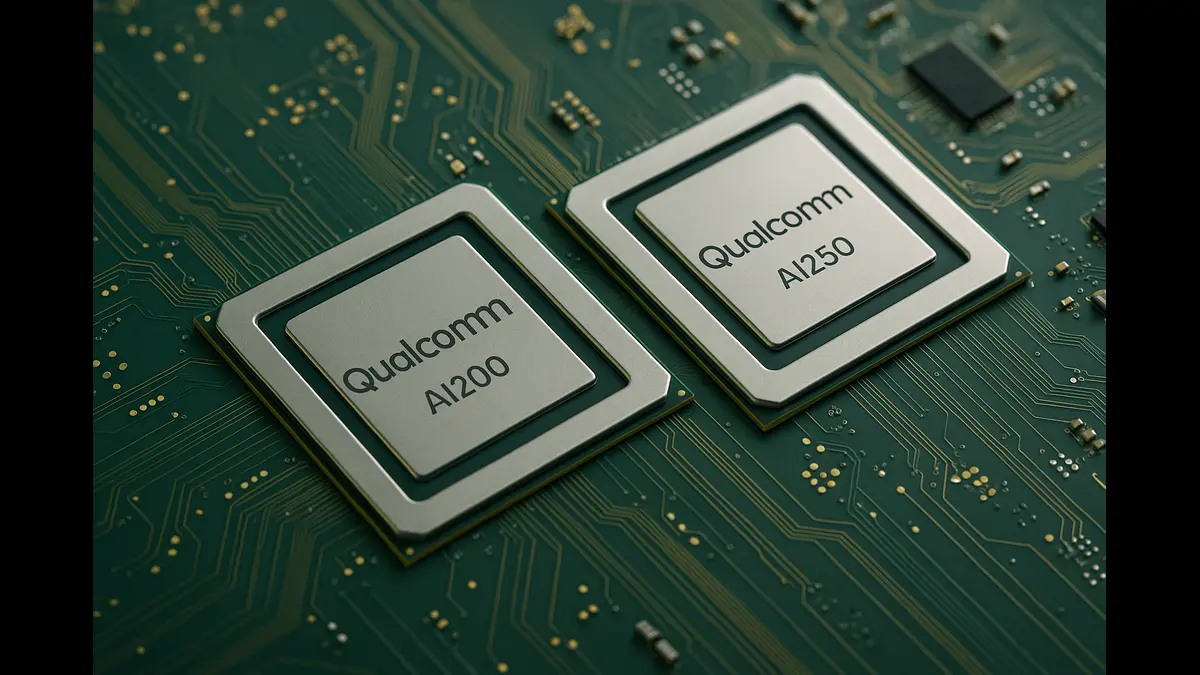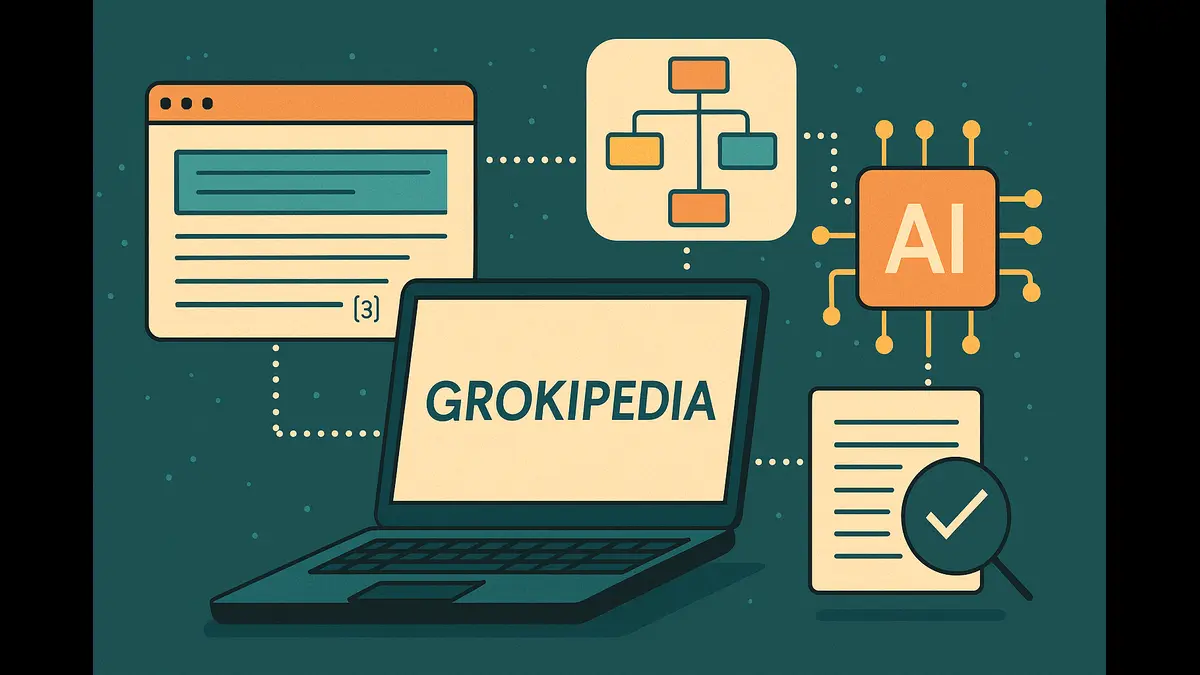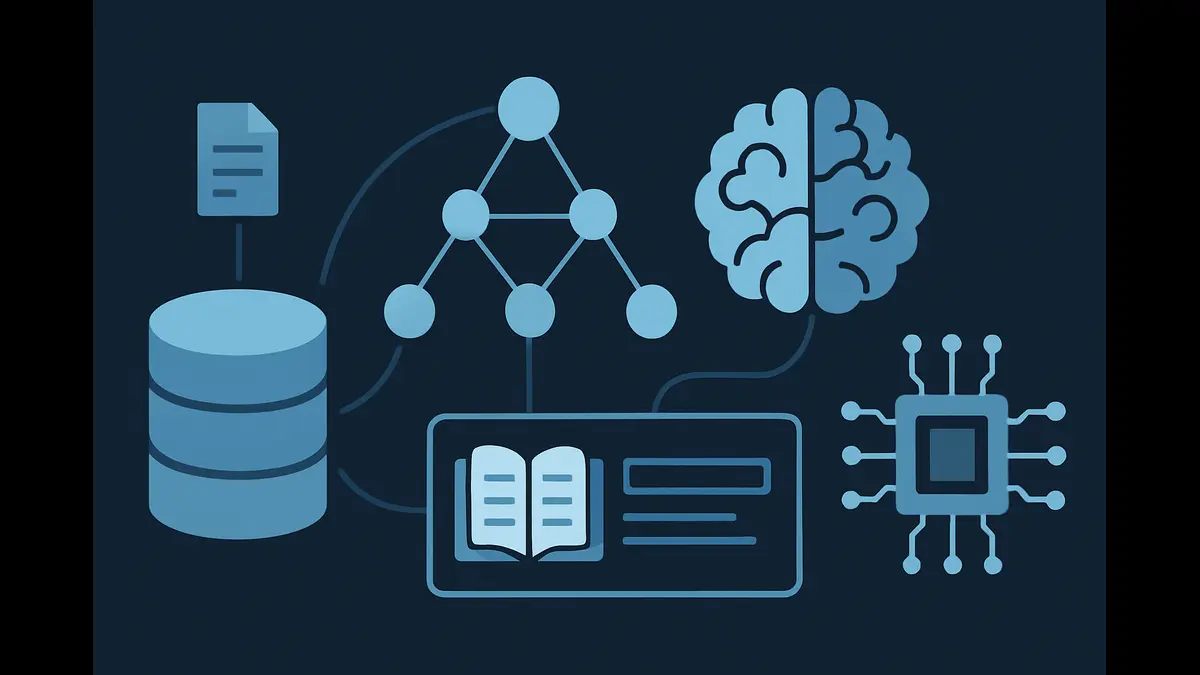
Explore how semantic memory powers AI in 2025 — from knowledge bases and RAG to frontier systems like GraphRAG, SALM, and multimodal models
Consider a trivia question: What is the capital of Brazil? Without recalling the moment you learned it, you immediately know the answer is Brasília. That’s your brain’s semantic memory at work, storing facts and concepts like a personal database. In AI, semantic memory architectures do the same, letting machines pull up factual knowledge to answer questions, reason through problems, or make sense of the world.
This article, the second in our series on AI memory breakthroughs, takes a deep dive into semantic memory systems—what’s been powering them for years and what’s breaking new ground in 2025. We’re focusing on the what—the facts and ideas AI can tap into—leaving skills and personal memories for other parts. Next up, we’ll explore episodic memory, but for now, let’s unpack the tech that’s making AI a better fact-finder than your average pub quiz pro.
Semantic memory is a cornerstone of AI’s push to be more reliable and context-aware. These systems connect to external knowledge bases—databases, Wikipedia, or web crawls—to keep answers accurate and relevant. For example, they can confirm that the Tokyo metropolitan area has ~37.1 million people in 2023–2024, per UN-based estimates. In this article, we’ll walk through the established Semantic memory systems, spotlight what’s new, and see how they’re transforming everything from healthcare to search engines.
What Is Semantic Memory in AI?
Your brain’s got a knack for storing random facts—like knowing that gravity pulls objects downward. That’s semantic memory: general knowledge, tucked away in areas like the temporal cortex, ready to use without reliving how you learned it . It’s distinct from how you do things (like cooking) or when events happened (like your last vacation).
In AI, semantic memory architectures are like a digital fact vault. They let machines access info like “penicillin treats bacterial infections” without relying on what’s hard-coded in their training. Traditional large language models (LLMs) can slip up, spitting out outdated or made-up facts. Semantic memory systems fix that by linking to external sources—databases, Wikipedia, or web crawls—ensuring AI stays on point. It’s like giving your AI a hotline to the truth, making it a reliable partner for answering questions or reasoning through complex problems.
Established Semantic Memory Systems
Semantic memory in AI has been around for a while, evolving into solid systems that keep facts straight. Here’s the rundown on the main players still relevant in 2025.
Knowledge Bases and Ontologies
What’s the vibe?: These are the classics, storing facts as structured triples, like “<Brasília, isCapitalOf, Brazil>.” Ontologies map out how facts connect, like a knowledge web.
How it works: Using query languages like SPARQL, these systems pull answers from graph databases. Ask “What’s the capital of Brazil?” and it delivers “Brasília” instantly.
Why it’s great: Super precise for structured data, like geography or math, and excellent for logical reasoning.
Where it falls short: They’re rigid, struggling with unstructured data like news articles, and need manual updates to stay current.
Typical uses: Early chatbots, medical expert systems, and some legacy search engines relied on these.
Retrieval-Augmented Generation (RAG)
What’s the vibe?: Born in 2020, RAG pairs an LLM with a document database, like giving AI a library to check before answering.
How it works: A retriever (often BERT-based) grabs relevant documents using embeddings, and the LLM crafts a response. Ask about Tokyo’s population, and RAG pulls a recent source to confirm “~37.1 million in the Tokyo metropolitan area, per UN estimates.”
Why it’s great: Handles messy data like blogs or PDFs and updates easily with new documents, keeping answers fresh.
Where it falls short: Wrong document grabs can lead to bad answers, and it’s resource-heavy for big databases.
Typical uses: Modern chatbots, AI search tools, and customer support systems.
Knowledge-Augmented Models
What’s the vibe?: Models like ERNIE or KEPLER weave knowledge graphs into LLMs, giving them a structured fact boost, still widely used in 2025.
How it works: Graphs store relationships like “<Einstein, developed, Relativity>.” Graph neural networks embed these into the LLM, so it understands connections without external lookups.
Why it’s great: Ideal for specialized fields like law or science, where precise terms matter. It’s also easier to trace why the AI gave a certain answer.
Where it falls short: Building and training graphs is complex, and they’re less flexible for rapidly changing data.
Typical uses: Legal research, scientific analysis, and AI tackling complex relationships.
Memory Layers in LLMs
What’s the vibe?: These are in-model fact stores, like digital sticky notes. They come in three flavors: key-value (KV) cache for speed, external non-parametric memory like kNN-LM or Memorizing Transformer, and parametric finetuning where weights encode knowledge .
How it works: KV cache speeds up inference by storing recent computations; kNN-LM/Memorizing Transformer retrieves facts from external memory via nearest-neighbor search; parametric finetuning embeds facts into model weights. For example, a layer might store “Earth’s radius: 6,371 km” for quick recall.
Why it’s great: KV cache is fast; kNN-LM scales well; finetuning is seamless but static. All reduce external dependencies.
Where it falls short: KV cache is short-term; kNN-LM needs external storage; finetuned weights are hard to update.
Typical uses: Coding assistants, educational AI, and systems needing quick fact access.
These systems are the foundation, keeping AI’s facts on lock like a trusty librarian.
What’s New in Semantic Memory for 2025
Now, let’s get to the exciting stuff—what’s new in 2025? Semantic memory architectures are leveling up, becoming faster, smarter, and more versatile.The trend here reflect frontier research. Some are still experimental and not yet widely deployed in production, but they illustrate where semantic memory is heading.
Next-Gen Retrieval-Augmented Transformers
What’s new?: Models like RETRO and ATLAS refine retrieval by combining external memory with efficient attention, while commercial models such as Claude Sonnet 4 (2025) push context windows to ~1M tokens.
Why it matters: This combination delivers stronger performance on open-domain tasks (e.g., WebQA) and scales to real-time datasets more efficiently.
Typical uses: News summarization, search, and research assistants that need up-to-date facts.
Dynamic Graph-Based Models
What’s new?: K-BERT and graph-augmented LMs; dynamic KG updates are an active research area (GraphRAG). These models use graph neural networks to update knowledge graphs in real-time.
Why it matters: They excel at multi-hop reasoning, like linking “Paris has the Louvre” to “Louvre is near Notre-Dame” for questions like “What’s near the Louvre?” Performance is strong on datasets like HotpotQA.
Typical uses: Scientific research, legal analysis, and AI connecting complex datasets.
Self-Adaptive Long-Term Memory (SALM)
What’s new?: SALM uses adaptive embeddings to prioritize task-relevant facts, inspired by human cognition .
Why it matters: It reduces memory clutter and performs well on domain-specific benchmarks like BioASQ for medical tasks, ensuring precision in fast-changing fields.
Typical uses: Medical diagnostics, financial modeling, and high-stakes AI.
Multimodal Semantic Memory
What’s new?: These systems blend text, images, and audio using multimodal embeddings, linking a dog’s photo to “dogs bark” .
Why it matters: They shine on tasks like visual question answering (e.g., VQA v2 dataset), where AI identifies objects or scenes based on textual facts.
Typical uses: AR/VR assistants, robotics, and creative AI.
Real-World Applications
These systems are driving real-world impact:
Healthcare: SALM delivers up-to-date medical facts, like treatment protocols, for accurate diagnostics.
Conversational AI: RAG powers chatbots that answer questions like “Who developed the theory of relativity?” with “Albert Einstein, in 1905, introduced special relativity, later expanding it to general relativity in 1915.”
Research: Graph-based models help scientists reason through complex datasets, like drug interactions.
Education: Memory layers make tutoring AI reliable, pulling facts instantly for lessons.
Challenges Ahead
No system’s perfect. Here’s where semantic memory can stumble:
Retrieval Errors: RAG might grab irrelevant documents, leading to wrong answers. Smarter indexing is in progress.
Scalability: Dynamic graphs need hefty compute power to stay updated, which can cost a fortune. Teams must weigh compute costs against accuracy gains, often opting for hybrid local-cloud solutions to manage expenses.
Bias: If the knowledge base is skewed, so are the answers. Mitigation strategies, like data auditing and fairness-aware algorithms, are critical to ensure equitable outputs. Privacy’s a major concern too. Semantic memory often uses user or public data, so GDPR compliance and transparent sourcing are non-negotiable.
The Future of Semantic Memory in AI
The future’s looking bright. Semantic memory might soon blend with other memory types, creating AI that’s fact-smart, context-aware, and task-ready. Part 3 of this series will explore episodic memory, diving into how AI personalizes interactions based on past experiences.
Semantic memory architectures are the backbone of AI’s fact-checking game. From classic knowledge bases to 2025’s SALM and multimodal systems, they keep AI’s answers accurate and its reasoning sharp. Whether it’s a chatbot nailing your question or a medical AI making critical calls, these systems are powering reliable AI. Stay tuned for the next part, where we’ll see how AI remembers you.
Join the Poniak Search early access program.
We’re opening an early access to our AI-Native Poniak Search. The first 500 sign-ups will unlock exclusive future benefits and rewards as we grow.
[Sign up here ->Poniak]
Limited seats available.
Discover more from Poniak Times
Subscribe to get the latest posts sent to your email.

